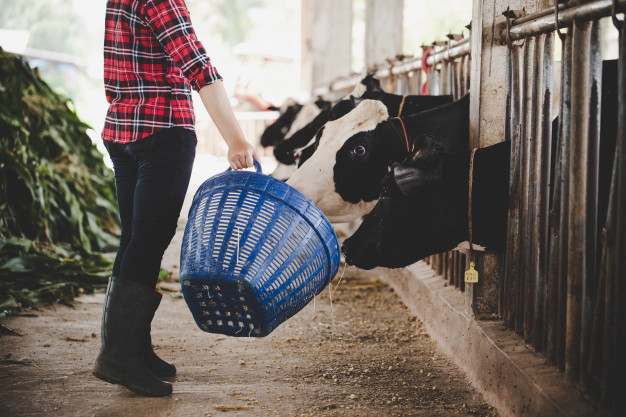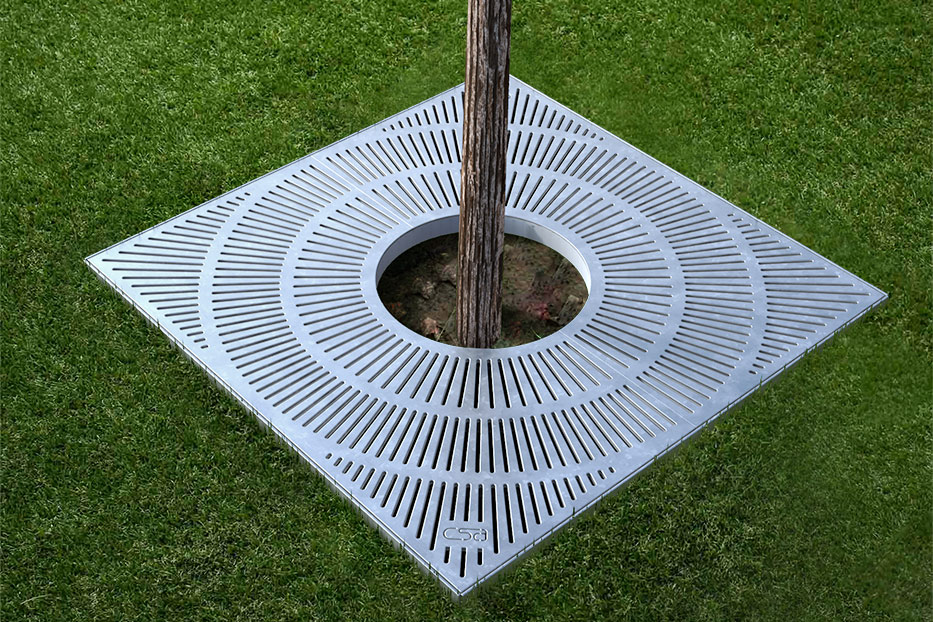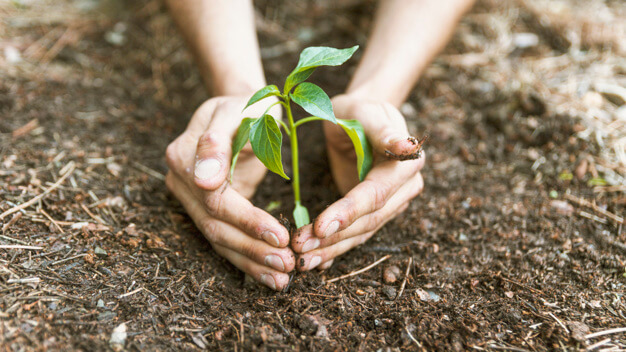Economic crises, such as the 2008 recession, or the current COVID-19 pandemic, tend to make people think about job security and finance for the future.
It’s one of the main reasons why people turn their attention to self-sufficiency, home farming, and even raising livestock. The good news is there is plenty of support, ranging from high-quality livestock loans to expert advice.
But, before you can start buying cattle you need to be sure that you know how to care for them. Fortunately, you’re about to discover the three ways to care for cattle at home.
1. Shelters & Paddocks
Grazing animals need to have approximately 2 acres per animal for all year round grazing. This may seem excessive but grass growth slows in the winter, you have to allow for this. Anything less than this means you need to calculate the cost of animal feed and include this in your budget.
Don’t forget, this is a minimum. Having more space will allow you to deal with bad grass growth, whether a result of drought or something else.
You also need to make paddocks, these are simple fenced areas that allow you to rotate your cattle and ease the burden on the grass. You’ll need big enough paddocks to accommodate your cattle, keeping cows and bulls separate.
The larger your paddocks the better as small paddocks mean frequent cattle rotations. Of course, no matter how big the paddock you should move your cattle regularly to avoid the grass becoming ruined.
You may be surprised to learn that cattle don’t actually need shelter. But, they do need the high ground to wait out storms and other bad weather. That said, you can build a barn that provides the cattle with a roof, but this will cost more.
2. Basic Needs
Cattle need grass of animal food in order to stay healthy. This is important whether you want milk or meat from them. But, they also need a plentiful supply of water.
Freshwater springs and rivers are good but you’ll need to monitor and clean them often to ensure diseases aren’t spread. Alternatively, you can use an animal operated pasture pump. It’s a tank with a pump that is activated by the cow pressing against the lever, giving them access to the water.
Your cattle need approximately 2 gallons of water per 100 pounds of body weight per day.
3. Cattle Training
Your cattle need to respond when you want them to. This may be to herd them or for some other purpose. You’ll have to decide the noise you wish to make, such as a bell or car horn, then sound it when you feed the cattle. Repeat it every time you feed them and the cows will quickly learn to come whenever you make the specific sound.
Moving cattle around requires little effort. Alongside the recognizable sound, simply use a plastic paddle to put gentle pressure on the sides, it will steer them where you want them to go.
With a little patience, you’ll have the cattle doing exactly what you want without any stress.
Read also:






















